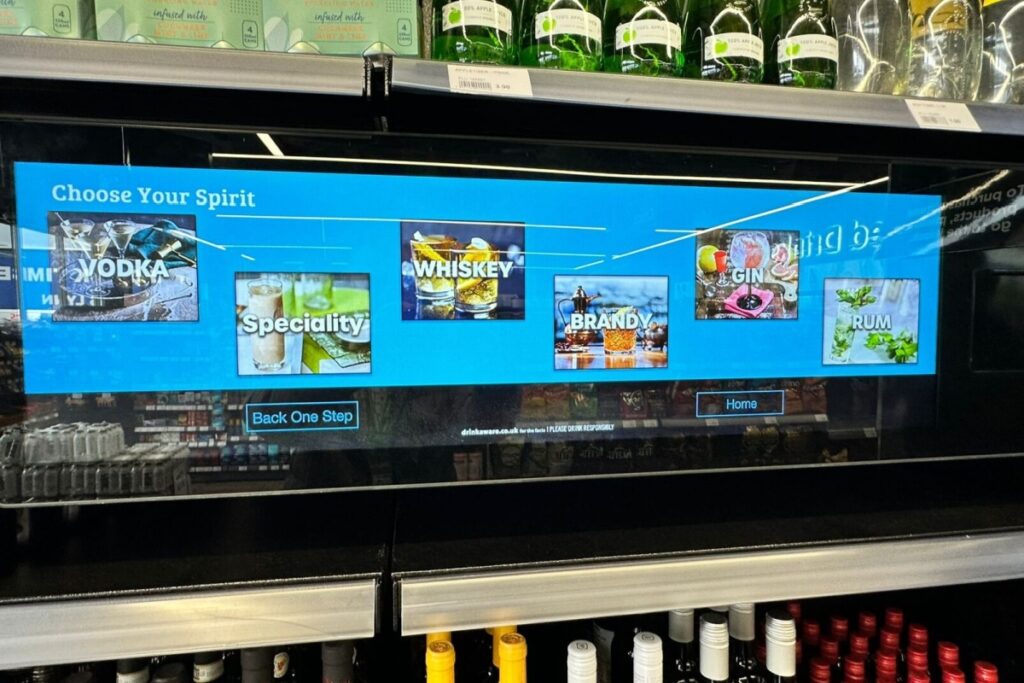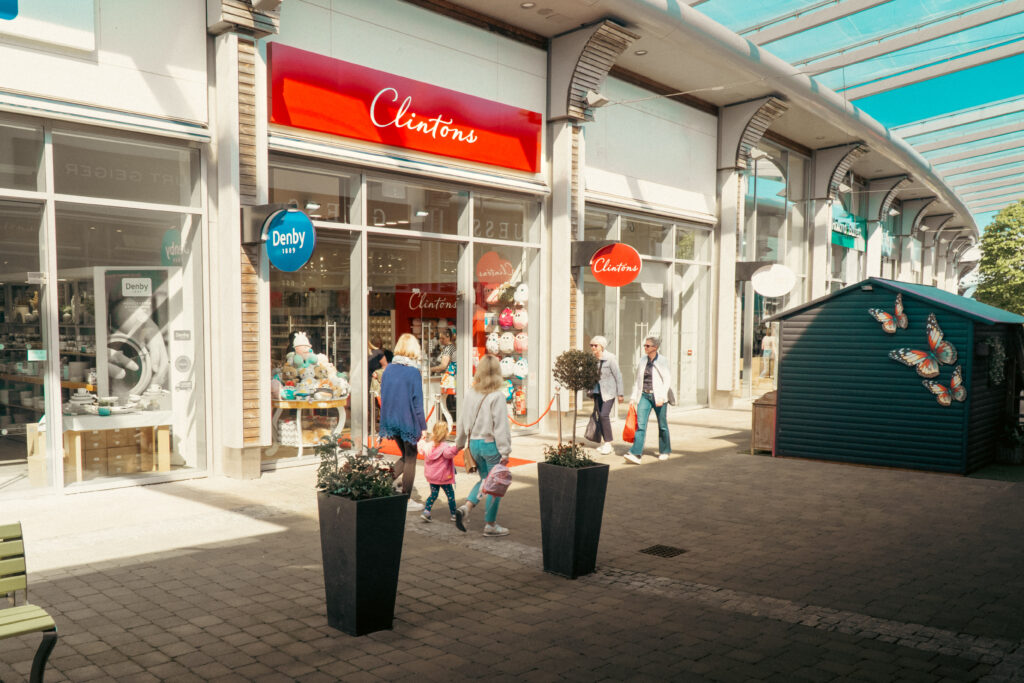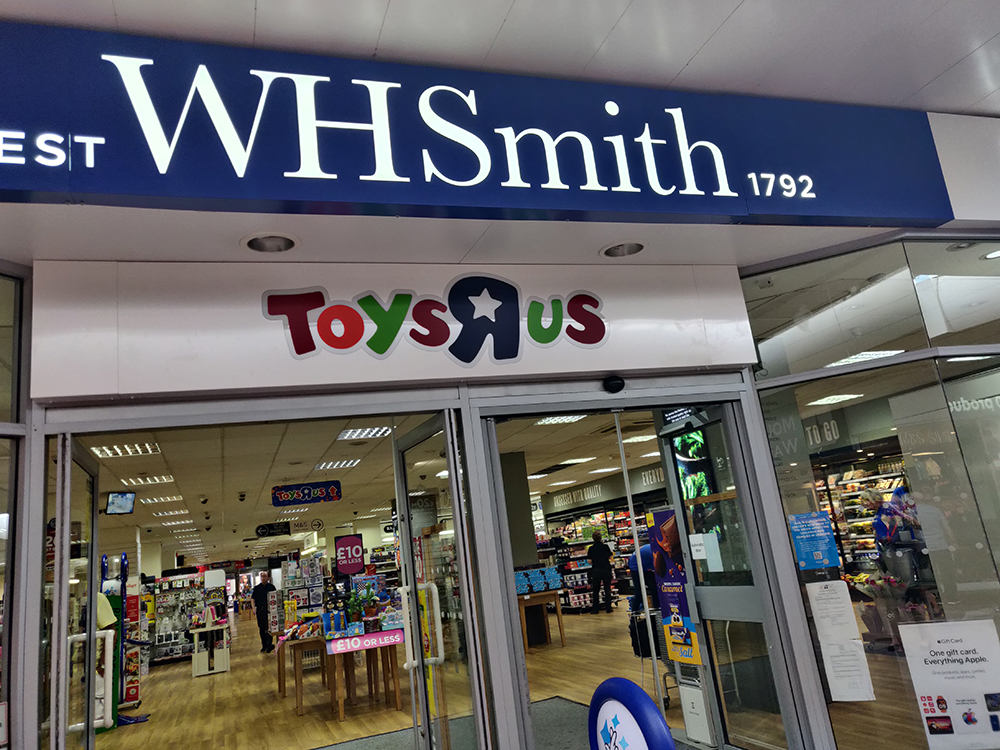Retailers have witnessed a dramatic shift in the way their customers are shopping for some time now; a surge towards online shopping over recent years has left many high street retailers falling behind and struggling to adapt.
In a year which saw Clintons Cards and Comet fall into administration, many high street retailers are investigating a move to scale back on high street presence and move retail operations online. With a continued bleak 2013 outlook, with current statistics showing that 26 per cent are at risk of failing in the next twelve months, retailers are looking to all avenues to increase revenues and ensure success.
Additionally, we continue to see many a wave of online-only retailers such as Boden and eBay increase their presence on the high street, creating further worries for already struggling traditional retailers.
But as we all know, moving from brick to click and vice versa is not the only change taking place in the retail industry. For me, the future of retail lies in merging both online and traditional, bringing the online experience into the offline, bricks and mortar shop. Retailers can no longer afford to consider their on and offline stores as separate entities; the approach needs to be joined-up and to do this retailers need to get smart about the way they use their purchasing insight to offer what the customer really wants.
One competitive advantage that online retailers have over traditional retailers is data; these retailers are skilled data managers who really know how to deliver a personalised shopping experience to their customers, driving sales and ensuring customer loyalty.
An example of where this works really well is the partnership between Waterstones and Amazon, where customers can browse items in the shop and then download books onto their Kindles via in-store Wi-Fi hotspots. Groupon has also explored the opportunities that multichannel shopping can bring, opening a store in Singapore in which customers can go to, order online and pick-up items immediately.
Research shows that whilst online shopping is on the up and fast becoming the norm, customers want to see products in person before buying and don‘t want to wait for their purchases to arrive. By merging the online and offline shopping experience, retailers can offer their customers the convenience of online shopping, and optimise the offline experience.
We also know that consumers who engage across more than one channel are more loyal, and this is something that marketers can really take advantage of with the right data strategy in place.
An incredibly important and rapidly increasing source of data is provided through social media sites such as Twitter, Facebook and Pinterest. The information customers share on these sites can and should be harnessed by retailers to generate and increase sales, whilst at the same time offering the customer something you know they want. For example, if you know a group of customers are friends on Facebook because they‘ve all “liked” your page, and they buy 10 items a month in total between them, you could email that group of friends and offer them a 10 per cent discount if they buy 15 items as a group next month. Most consumers are happy to share their data with you in this way because now they are getting something in return.
Integrating social data into your CRM manager also allows you to create better, more personalised recommendations. If a customer is willing to share their personal preferences with you, retailers can offer tailored recommendations based on behavioural insight – offering a strong edge over traditional recommendation methods based on transactional records. If a retailer can do this well, they can really differentiate themselves from the crowd.
Unfortunately, many retailers are still struggling to cope with the volume of data and the ever growing number of channels available
RELATED STORIES

















